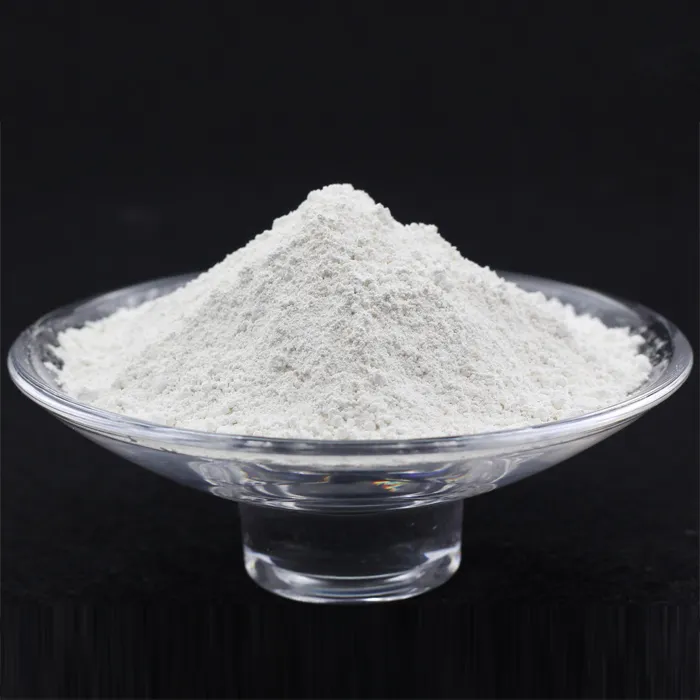Definition of Active Pharmaceutical Ingredient (API)
Active Pharmaceutical Ingredient (API) is a crucial element in the realm of pharmaceuticals. It refers to the biologically active component of a drug that is responsible for its therapeutic effects. In simpler terms, an API is what makes a medication effective in treating a specific medical condition. Understanding the concept of API is essential for researchers, pharmaceutical companies, and healthcare professionals involved in drug development, production, and administration.
Definition of Active Pharmaceutical Ingredient (API)
APIs can be derived from various sources, including natural extracts, synthesized chemical compounds, or even biotechnological processes. For instance, some APIs are obtained from plants or animal sources, while others are created through complex chemical reactions in laboratories. In recent years, biopharmaceuticals, which involve the use of living organisms in the production process, have gained prominence, resulting in innovative APIs derived from biotechnology.
definition of active pharmaceutical ingredient

The quality, safety, and efficacy of APIs are paramount in the pharmaceutical industry. Regulatory agencies around the world, such as the U.S. Food and Drug Administration (FDA) and the European Medicines Agency (EMA), enforce strict guidelines and standards for API manufacturing. These regulations ensure that APIs meet specific purity, potency, and quality criteria before they can be used in medications. Manufacturers must conduct thorough testing and maintain rigorous quality control measures throughout the production process to guarantee that the final drug product is safe and effective for consumption.
Another important aspect of APIs is their role in drug development and therapeutic strategy. During the research and development phase, scientists focus on identifying potential APIs that can interact with biological targets to produce desired therapeutic outcomes. This process involves extensive testing and optimization to determine the most effective API candidate. Once a promising API is identified, further studies are conducted to assess its pharmacokinetics (how the drug is absorbed, distributed, metabolized, and eliminated in the body) and pharmacodynamics (the effects of the drug on the body).
Moreover, APIs undergo various forms of testing to evaluate potential side effects and interactions with other drugs. The understanding of an API's mechanism of action is also crucial for its successful integration into a therapeutic regimen. As new diseases emerge and treatment protocols evolve, ongoing research into APIs is essential for advancing medical science and improving patient care.
In summary, Active Pharmaceutical Ingredients are the backbone of pharmaceutical therapies. They are the key active components that provide the desired therapeutic effects of medications. Their development, testing, and regulation are integral to ensuring the safety and efficacy of pharmaceutical products. As advancements in technology and biopharmaceuticals continue to emerge, the landscape of APIs will undoubtedly evolve, presenting new opportunities and challenges in the quest for effective treatments. Understanding APIs is essential not only for professionals in the pharmaceutical industry but also for patients, as it enhances awareness of how medications work within the body and the importance of quality in pharmaceutical manufacturing.

